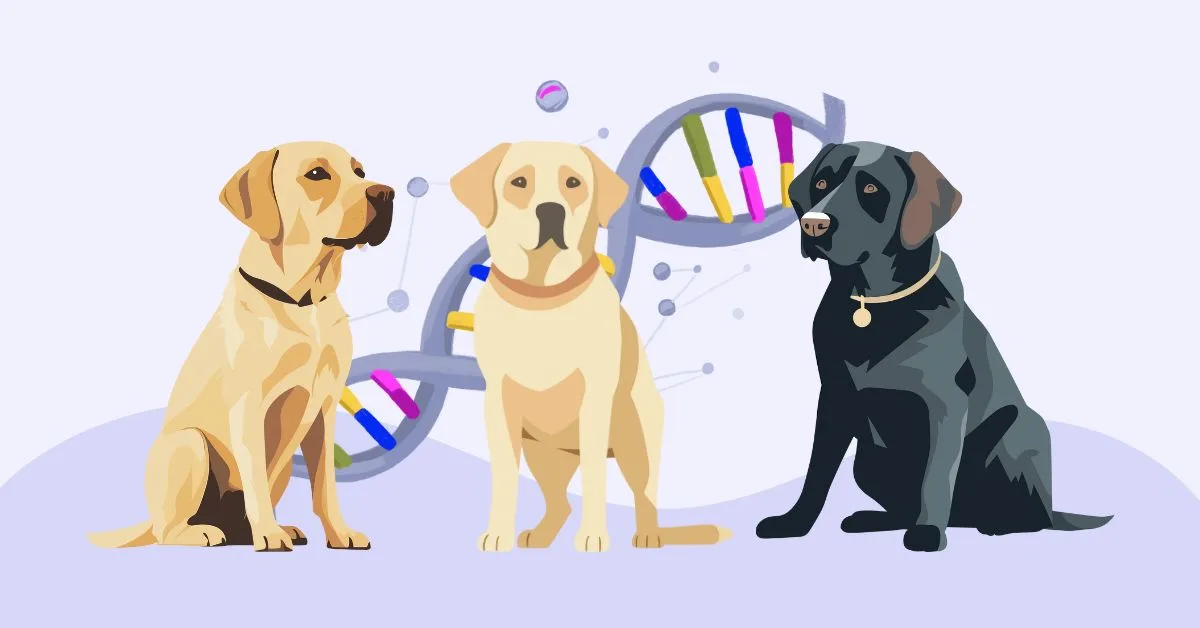
Top 15 Friendliest Dog Breeds To Own In 2025
Explore our list of the top 15 most friendly dog breeds of 2025, perfect for families and individuals seeking a loving canine companion.
Expert tips, guides, and advice for pet owners and breeders

Explore our list of the top 15 most friendly dog breeds of 2025, perfect for families and individuals seeking a loving canine companion.

Find out the reasons behind your dog's constant whining and discover effective strategies and products to help manage this canine conundrum.

Explore the intricacies of dog breeding, Can a female dog breed with two studs? Uncover facts and myths in our deep dive into canine reproduction.

Learn all about responsible rabbit breeding. Follow best practices for care, breeding ethics, and ensuring healthy, well-socialized bunnies.

Explore the top 100 male dog names with breed popularity insights. Find the perfect name for your new dog and get ideas based on trending dog names.

Discover the top 100 female dog names with breed popularity insights. Explore trending picks and find the perfect name for your new furry companion.

Get a step-by-step guide to ethical dog breeding. Learn about choosing breeding pairs, caring for puppies, and ensuring responsible practices for a successful outcome.
Real stories from pet owners who found perfect homes on Petmeetly
I think everything went great! They had a breeding date this week. We are hopeful that we’ll hear about puppies in the next month or so!
Cassandra Winterrowd
Alabama, US
I was skeptical at first because I was afraid of being scammed, but I found someone and arranged meet-and-greets—it was super easy! 10/10!
Jadyn Lehn
Arizona, US
Everything went smoothly! I’m excited and looking forward to her pregnancy!
Amanda Knowles
California, US